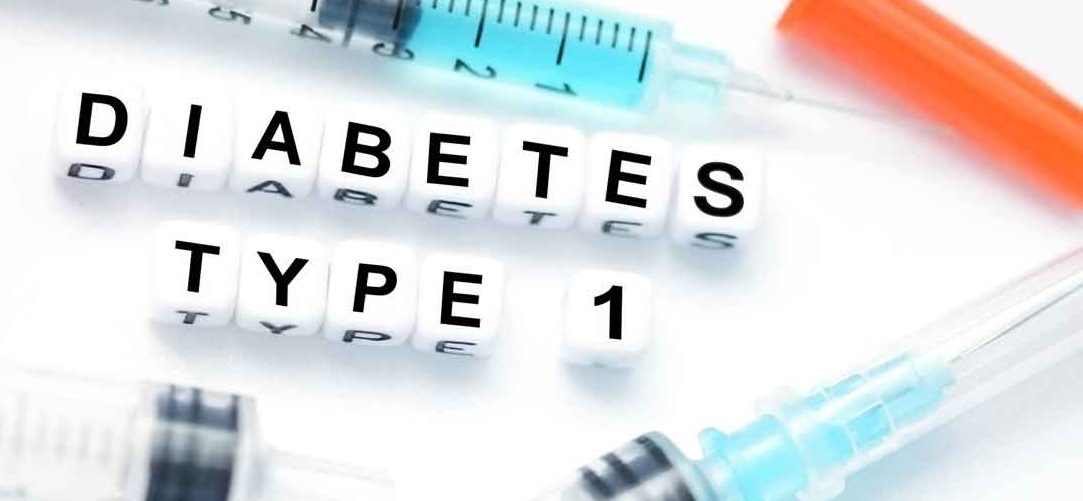Type 1 Diabetes Symptoms

Type 1 diabetes symptoms mimic the flu. Symptoms develop quickly, over a few days or weeks, just like when you have a cold. Learn about the early signs of diabetes.
It’s common to mistake early symptoms of type 1 diabetes as the flu. The symptoms of high blood sugar are a lot like having a bad cold or influenza. Plus, type 1 diabetes symptoms develop quickly, over a few days or a few weeks, just like a cold.
When your blood sugar levels are high, you experience a lack of insulin, or your body may become unable to respond to insulin. This can result in type 1 diabetes.
YOU MIGHT ALSO LIKE: What Is the Difference Between Type 1 and Type 2 Diabetes?
Type 1 diabetes symptoms
- Feeling very tired. This mimics flu-like symptoms. You’re going to want to rest because your body isn’t using the calories you’re eating, and it’s making you feel exhausted.
- Frequent urination. This can occur more at night, but you’ll also notice it during the daytime. You urinate more because your kidneys are getting rid of excess sugar in your blood. While they do that, they also get rid of more water, leading to more urination.
- Increased thirst. When you urinate a lot, you rid your body of water, increasing your thirst.
- Headaches. A common symptom of high blood sugar is headaches.
- Blurred vision. Another symptom of high blood sugar causes the lenses of your eyes to swell, which can make your vision blurry.
Other early signs of diabetes
- Losing weight without diet or exercise. While this may sound appealing, in this case it’s not. What you’re actually losing is water. Your weight may be lower due to dehydration. Plus, you’re losing sugar calories in your urine when your body should be using them.
- Feeling hungry all the time. This is because your body isn’t using all the calories you eat. Instead, they leave your body through your urine.
Advanced signs of diabetes
- Nausea or vomiting
- Heavy rapid breathing
- Stomach pain
- Loss of consciousness
Testing for symptoms of type 1 diabetes
If you have early signs of diabetes, contact your doctor immediately. Your doctor will perform an in-office urine test to measure your sugar levels. If that test comes back positive, your doctor will test the sugar levels in your blood with a simple blood test in which your doctor takes a small amount of blood from your finger.
If the tests come back positive, you and your doctor can come up with a plan to manage your type 1 diabetes. Although type 1 diabetes isn’t curable, you can manage the disease with insulin, diet, and exercise.
Updated:
February 22, 2023
Reviewed By:
Janet O’Dell, RN